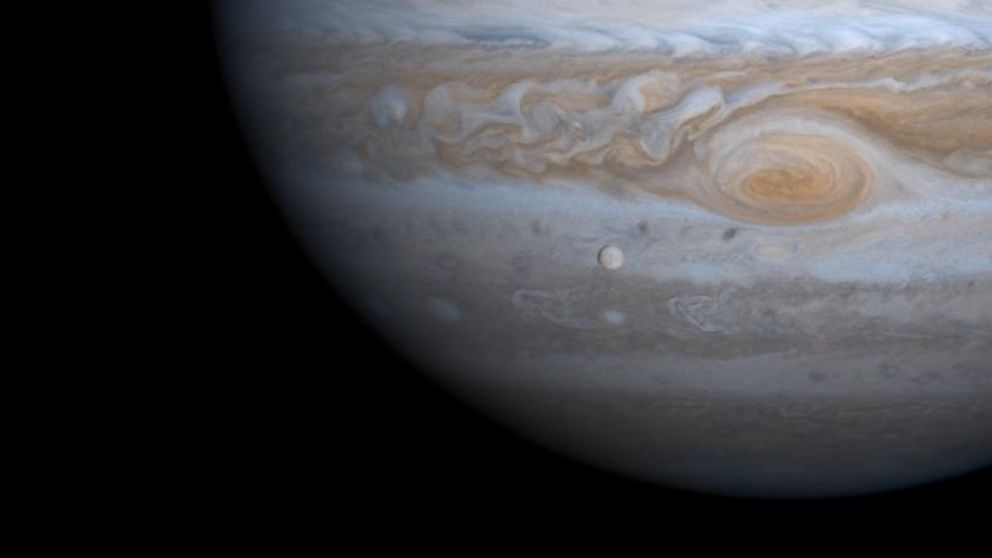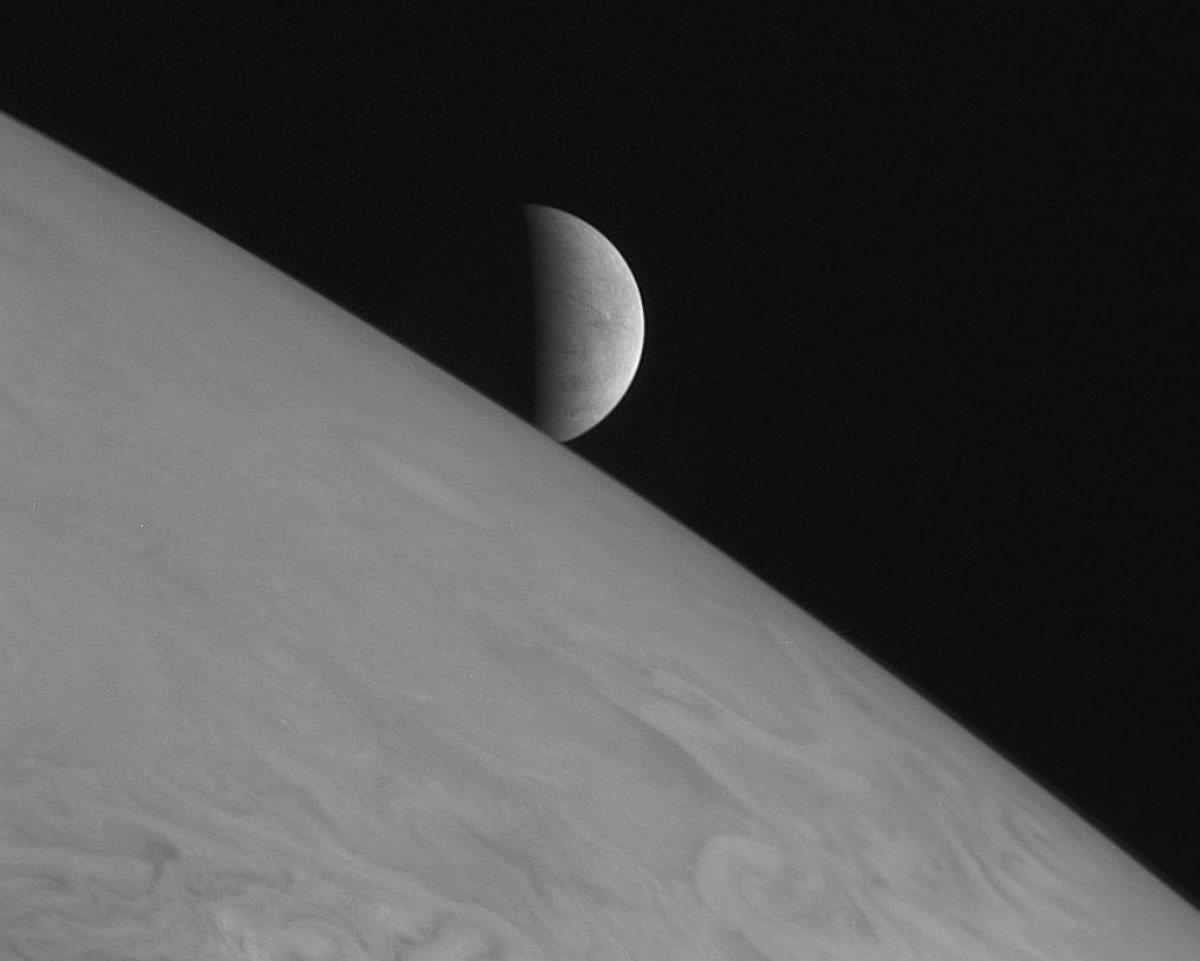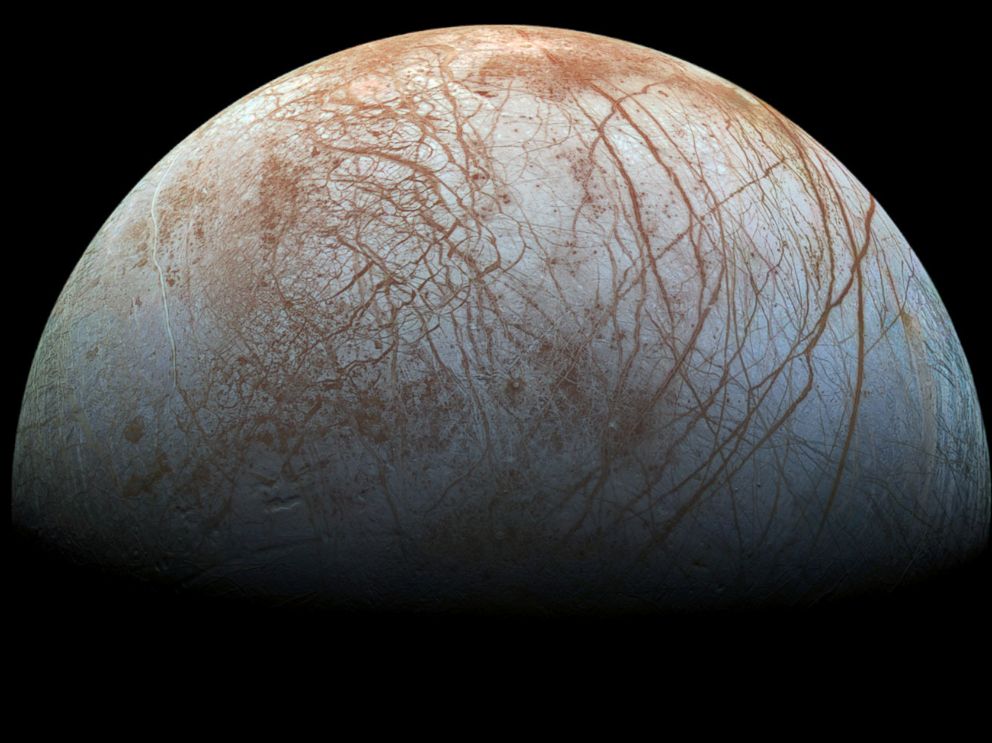NASA Mission to Europa to Search for Extraterrestrial Life
Why the space agency is excited about a trip to one of Jupiter's moons.

— -- NASA has its sights set on a visit to Jupiter's icy moon Europa, where astrobiologists believe there could be possible extraterrestrial life forms.
"For the first time in the history of humanity we have the tools and technology and capability to potentially answer this question. And, we know where to go to find it," Kevin Hand, a NASA astrobiologist, said last year.
Getting a closer look could soon be a reality. The $18.5 billion NASA budget recently proposed by the White House for next year includes money earmarked "for Planetary Science including formulation of a mission to Jupiter’s moon Europa."
Under its icy shell, Europa, one of the many moons orbiting Jupiter, has an interior ocean that could perhaps be ten times deeper than those on Earth, and include two to three times the volume of all liquid water on our planet, according to Hand.

"The story of life on Earth may have begun in our oceans," he said in a NASA video interview. "And that's because, of course, if we've learned anything about life on Earth it's that where you find the liquid water you generally find life."
NASA has been experimenting with the concept of the Europa Clipper, a spacecraft that would orbit Jupiter and collect reconnaissance on Europa -- and possibly bring back signs of multi-cellular life.





